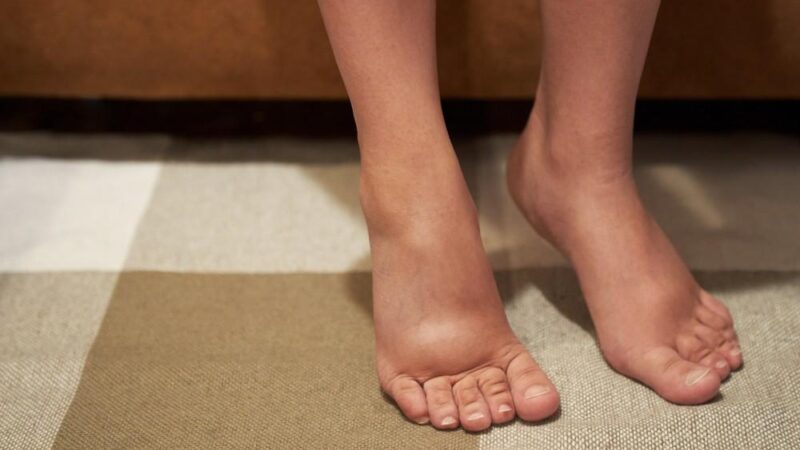Various Ways of Treating Endometriosis

Endometriosis has no known cure. You may need to try different therapies to determine what works best. Medical and surgical alternatives are available to assist you in managing your symptoms and any potential problems. Conservative therapies may also be tried initially by your doctor. They may propose endometriosis Jackson Heights surgery if your problem does not improve. Everyone’s reaction to various treatment alternatives varies. Among the treatment possibilities are:
- Pain reliever: Your doctor may advise using over-the-counter pain medication. Many patients benefit from nonsteroidal anti-inflammatory medicines (NSAIDs) such as ibuprofen (Advil, Motrin) or naproxen (Aleve). If these do not alleviate your discomfort, you are suggested to inquire about further possibilities.
- Surgery: Your specialist may advise you to have surgery to remove as much of the damaged tissue as feasible. In certain circumstances, surgery might alleviate discomfort while increasing your chances of becoming pregnant. Your specialist may use a laparoscope or do regular surgery with wider incisions. Furthermore, pain might sometimes return after surgery. In the most severe instances, you may require a hysterectomy to remove your ovaries, uterus, and cervix. You can’t get pregnant later if you don’t have them.
- Hormones: Hormonal therapy reduces the amount of estrogen produced by your body and might cause your menstruation to stop. This causes lessening lesions, decreasing inflammation, scarring, and cyst development. Hormones often used include:
- Patches, birth control pills, and vaginal rings.
- Progestin-only contraceptives.
- Gonadotropin-releasing hormone (Gn-RH) agonists and antagonists like elagolix sodium (Orilissa) or leuprolide (Lupron).
- Danazol (Danocrine).
Causes of endometriosis
Doctors are unsure what causes endometriosis. Some doctors believe that endometrial cells in menstrual blood may flow back via your fallopian tubes and into your pelvic cavity, where the cells adhere to your organs. This is referred to as retrograde menstruation. Your genes may also be involved. You are more prone to have endometriosis if your mother or sibling has it. According to study, it becomes worse from generation to generation. Some endometriosis patients also have immune system issues. However, physicians are unsure if there is a relationship.
Diagnosing endometriosis
Laparoscopic surgery is used to diagnose endometriosis surgically. A narrow viewing tube, known as a laparoscope, is inserted via a tiny abdominal incision during laparoscopy. For a second entrance for the surgical tools, a second incision may be created in the lower abdomen. Your doctor can view the outside of the uterus, ovaries, fallopian tubes, and other organs up close using a laparoscope. Surgical tools for removing scar tissue or obtaining tissue samples can also be attached to the laparoscope.
Endometriosis is a persistent disorder whose root cause is unknown. And there is no therapy for it at the moment. However, there are effective therapies, including drugs, hormone therapy, and surgery, to help control its problems, such as discomfort and reproductive concerns. Additionally, endometriosis indicators typically become better following menopause.
It is essential to visit your doctor immediately so that you can start receiving an accurate diagnosis and ultimately develop a strategy based on your unique circumstances if you suspect you may have endometriosis. Call Raveco Medical or book a consultation online to learn more about various endometriosis procedures.







